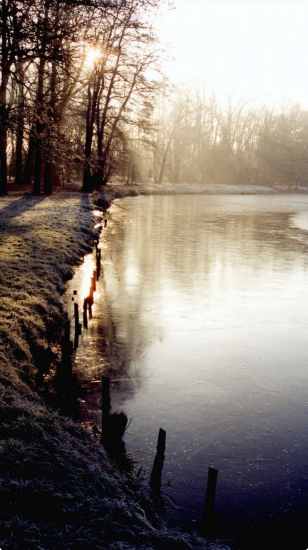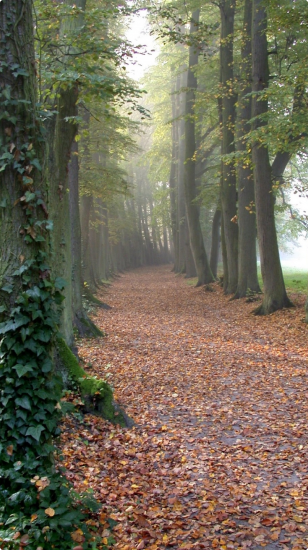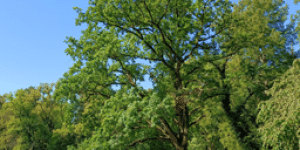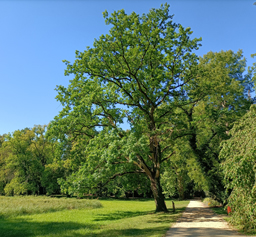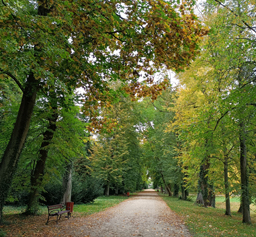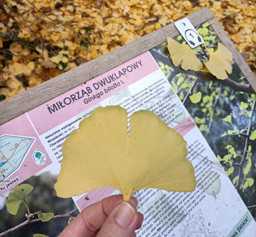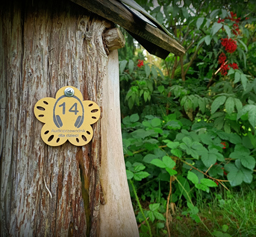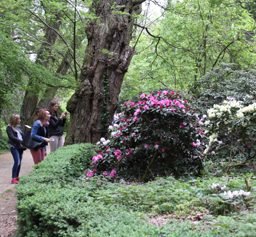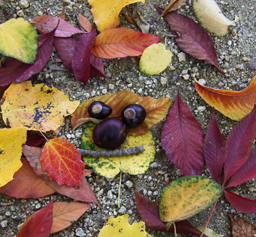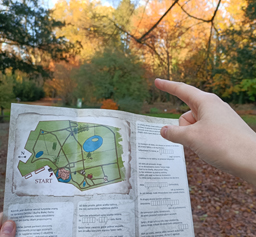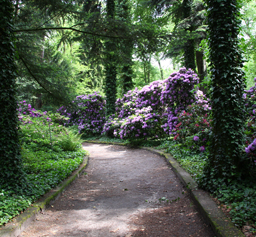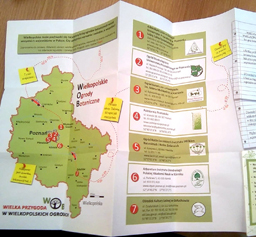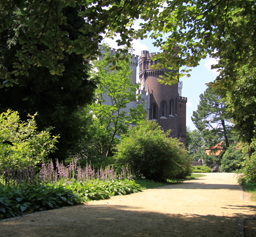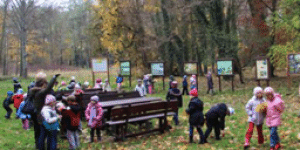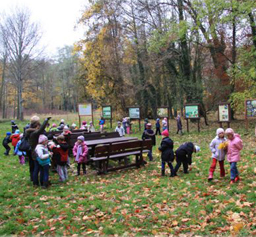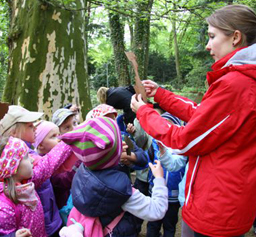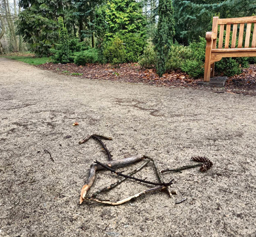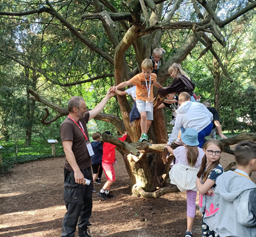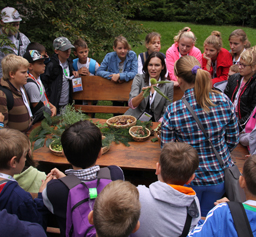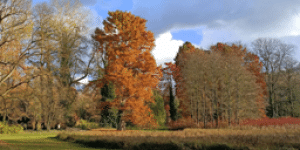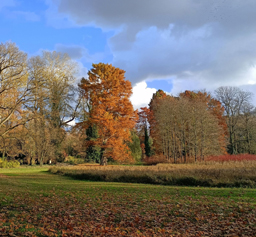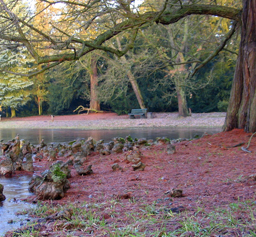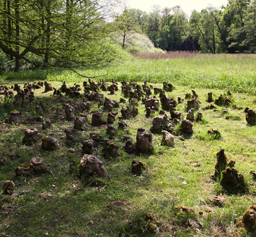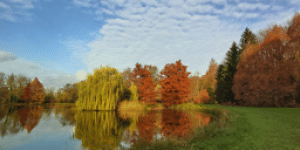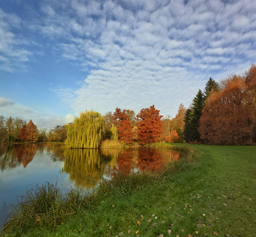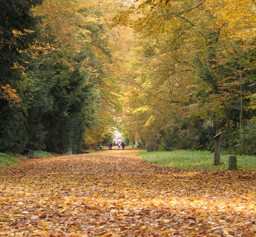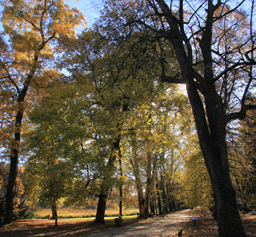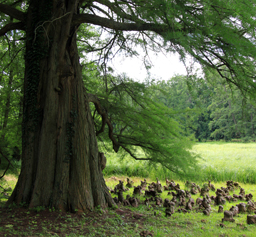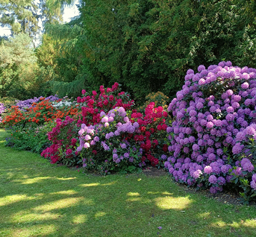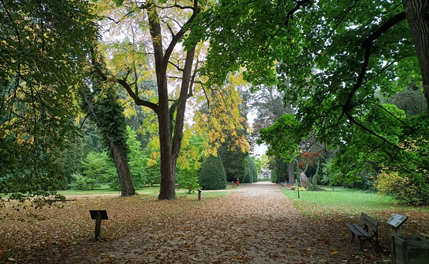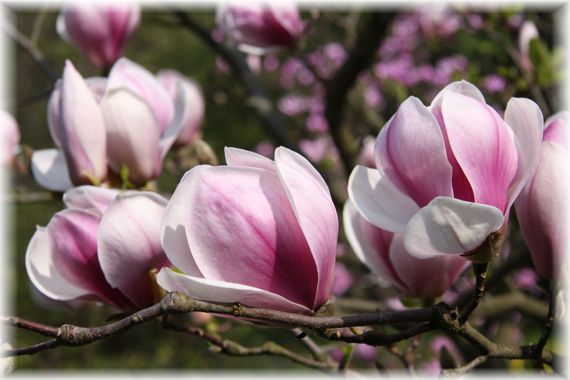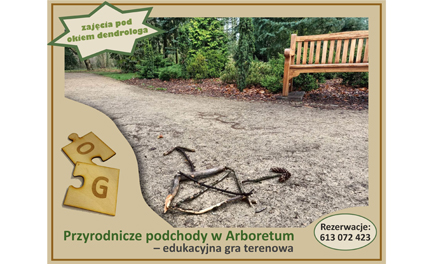Andrés González-Melo
Radial variations in wood density, and their implications for above-ground biomass estimations, in a tropical high-andean forest
Dendrobiology 2021, vol. 86: 19-28
https://doi.org/10.12657/denbio.086.003
Abstract:
Wood density (WD) is a central trait to explain tree functioning, and is also an important predictor of tree above-ground biomass (AGB). Therefore, radial trends in WD (i.e., from pith to bark) may have important implications in understanding tree life-history variations, as well as in forest biomass and carbon estimations. The occurrence of these radial trends in WD is thought to vary among forests, particularly with canopy openness and stratification. Yet, most of the studies on this topic in tropical forests have been conducted on lowland closed-canopy forests, while very little is known about the prevalence and magnitude of these trends among trees from open-canopy forests, such as high-mountain forests. I examined radial gradients in WD and explored their implications for AGB estimations. Radial wood cores were taken with increment borers from 69 trees belonging to 18 species from a high-Andean forest. Each wood core was cut every 1-cm, and WD was measured for every 1-cm segment. Errors in AGB estimations that resulted from not considering radial trends in WD were estimated for each tree and species. Eight out of eighteen species had significant radial trends in WD. Among these species, two species showed decreases of WD towards the bark, one species showed increments of WD from pith to bark, and five species showed U-shaped gradients (i.e., high WD near the pith and bark, and relatively low WD at intermediate diameters). The prevalence of U-shaped radial trends in WD may be related to the relatively open and less stratified canopy of the study forest. Not taking into account radial trends in WD led in general to under-estimations of AGB (averaging −7.66 % when using mean WD, and −5.56 % for outer WD) in most of the study species, suggesting that tropical high-Andean forests may possibly store more biomass carbon than has been previously estimated. These findings are important to expand our knowledge on wood allocation patterns during tree ontogeny, and also to improve the accuracy of biomass and carbon estimations in tropical high-Andean forests.
Keywords: wood density, above-ground biomass, radial variations, tropical high-Andean trees











